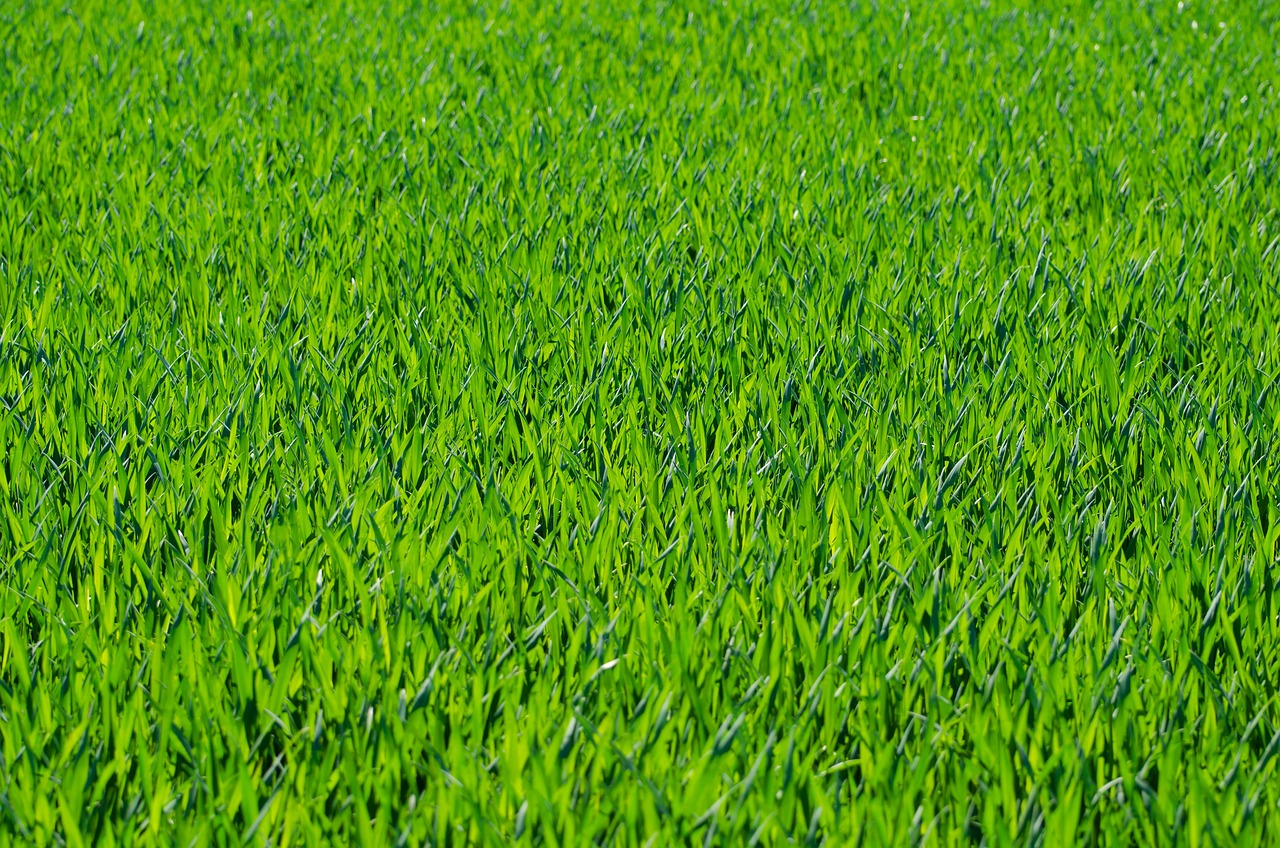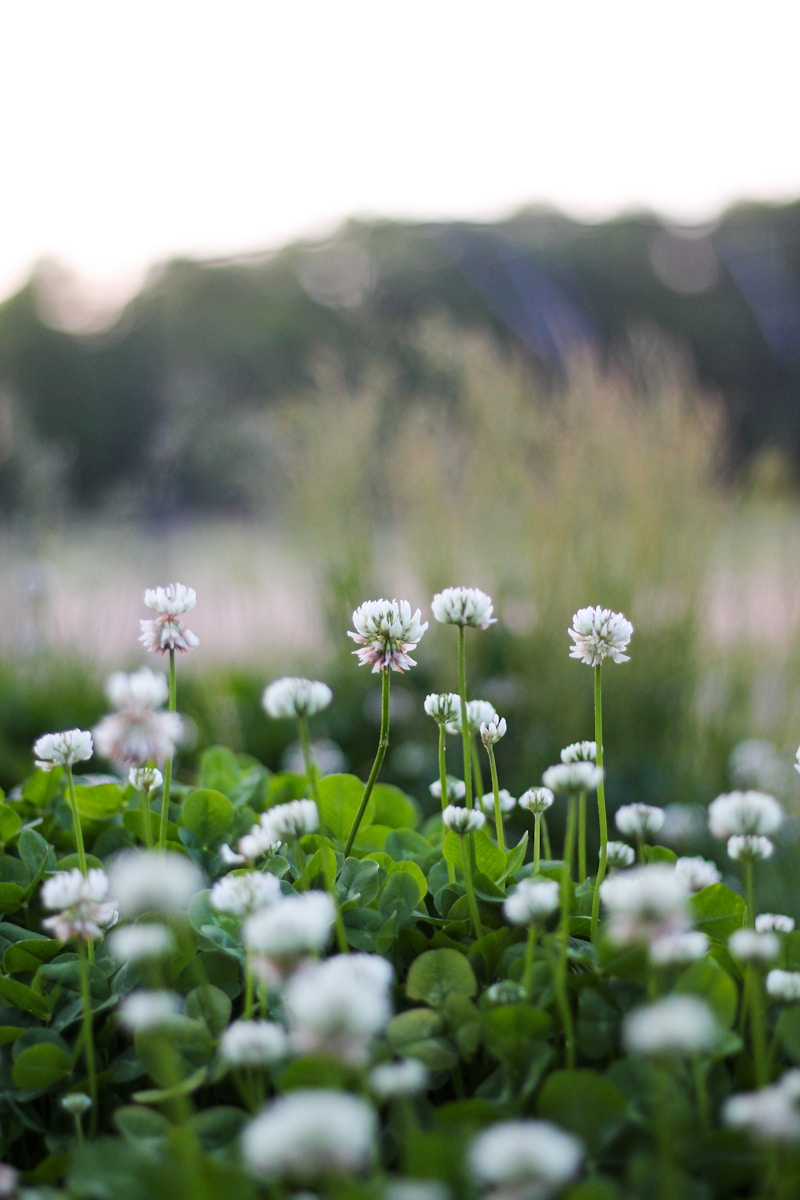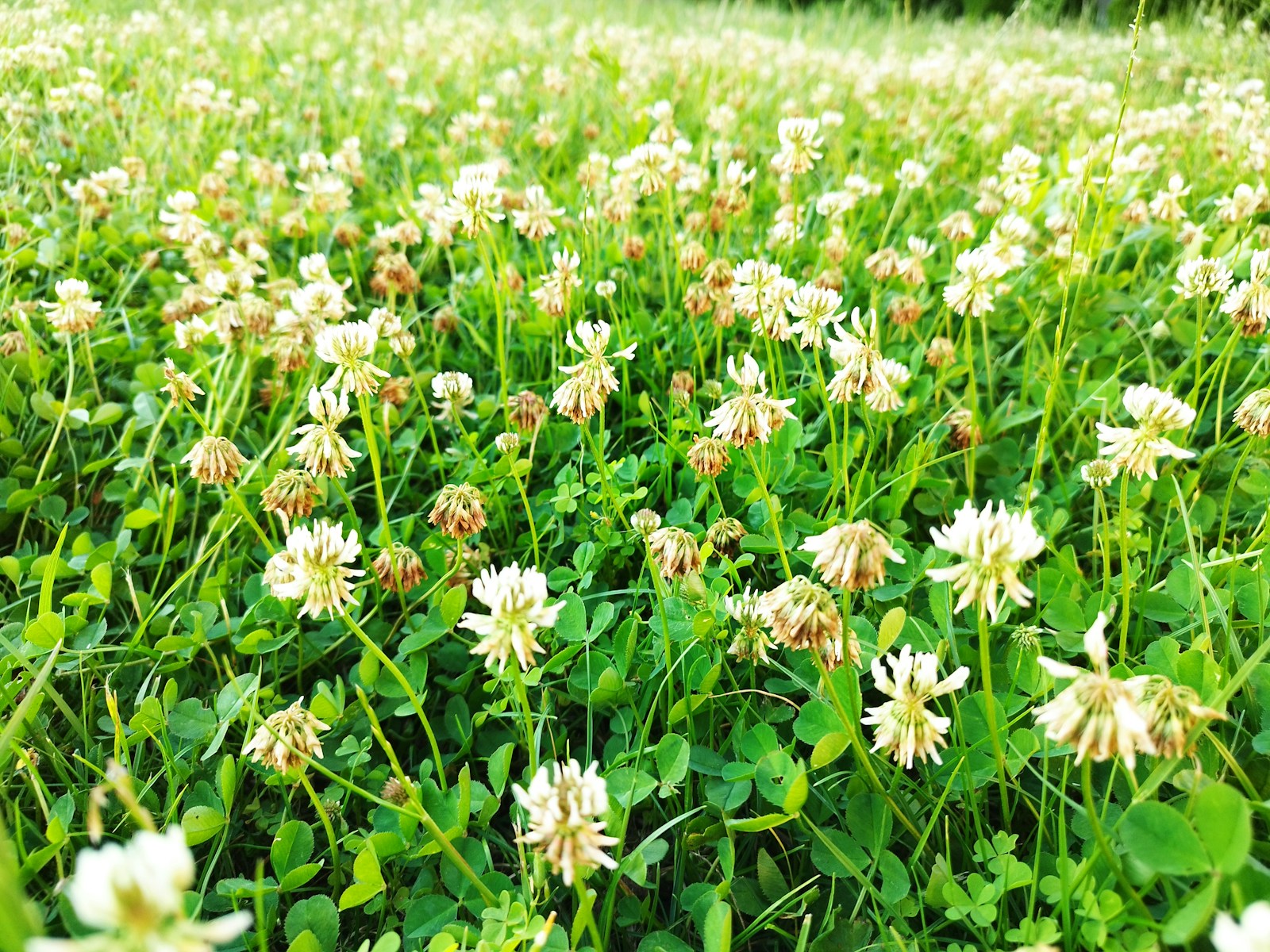Aeration combats soil compaction, a silent killer of lush lawns. Compacted soil—common in high-traffic areas or clay-heavy regions like Ohio—suffocates grassroots by limiting access to air, water, and nutrients.
According to the USDA’s Natural Resources Conservation Service, compaction can reduce root depth by up to 70%, leaving grass vulnerable to drought and disease. Spring’s mild temperatures (55–75°F) and consistent moisture create optimal conditions for recovery. Additionally, aeration helps break down thatch, a matted layer of dead grass that harbors pests and blocks water. A 2021 Penn State University study found lawns aerated annually had 40% less thatch than neglected ones.
Pro Tip: Pair aeration with overseeding to fill bare spots. Cool season grasses like Kentucky bluegrass recover faster when seeded immediately after aeration.
Cool vs. Warm Season Grasses: What’s the Difference?
Understanding your grass type is critical:
- Cool Season Grasses (e.g., Tall Fescue, Perennial Ryegrass):
- Thrive in USDA Zones 3–7 (e.g., Pennsylvania, Oregon).
- Grow vigorously in spring and fall, entering dormancy during summer heat.
- Aeration Timing: Early spring (March–April), as soil thaws and grass exits winter dormancy. Avoid aerating during summer stress periods.
- Warm Season Grasses (e.g., Bermuda, Zoysia):
- Flourish in Zones 7–10 (e.g., Texas, Georgia).
- Peak growth occurs in summer, with dormancy in late fall/winter.
- Aeration Timing: Late spring (May–June), just before summer growth surges. Aerating too early in cool soil stunts root development.
Case Study: In Phoenix, AZ, a homeowner with Bermuda grass aerated in mid-May, resulting in 50% deeper roots by August, per University of Arizona Extension data.
Timing Is Everything: Regional Breakdown
Soil temperature dictates success. Use a soil thermometer (10–10–20 at garden centers) or check local agricultural extension websites for real-time data.
- Cool Season Regions (e.g., Michigan, Colorado):
- Aerate when soil reaches 50–65°F (typically when daytime temps hit 60°F).
- Watch for Frost: Aerating too early in March risks frost heave damaging tender roots.
- Warm Season Regions (e.g., Florida, Southern California):
- Target soil temps of 65–70°F, usually 2–3 weeks after the last frost.
- Avoid Rainy Seasons: In humid areas like Louisiana, wait for dry spells to prevent soil clumping.
Transition Zones (e.g., Kansas, Missouri):
- Home to both grass types. Aerate cool season grasses in spring and warm season varieties in early summer.
Grass Types & Aeration Timing
| Grass Type | Examples | Best Aeration Time | Soil Temp |
|---|---|---|---|
| Cool Season | Fescue, Ryegrass | Early Spring | 50–65°F |
| Warm Season | Bermuda, Zoysia | Late Spring | 65–70°F |
Tools of the Trade: Which Aerator Should You Use?
- Spike Aerators:
- Pros: Affordable, lightweight (ideal for small yards in urban areas like Seattle).
- Cons: Can worsen compaction by pressing soil sideways. Avoid on clay soils.
- Core Aerators:
- Pros: Removes 2–3″ soil plugs, relieving compaction long-term. Preferred by pros.
- Cons: Heavy; requires physical strength. Rent from Home Depot or local landscapers.
- Liquid Aerators:
- Pros: Easy application for sandy soils (e.g., coastal North Carolina).
- Cons: Purdue University research shows effectiveness varies—best for mild compaction.
- Manual Aerators:
- Pros: Eco-friendly, no fuel required. Perfect for petite lawns (e.g., townhouses in Denver).
- Cons: Labor-intensive for areas over 500 sq ft.
Sustainability Hack: Compost soil plugs or mix with grass clippings to create nutrient-rich mulch.
Step-by-Step Guide to Spring Aeration
- Prep Your Lawn:
- Mow grass to 1.5–2 inches (shorter than usual) to expose soil.
- Water deeply 1–2 days prior—soil should be moist but not muddy.
- Mark Hazards: Use flags or spray paint to note sprinkler heads, shallow roots, and rocks.
- Aerate Strategically:
- Make two passes in perpendicular directions for even coverage (think tic-tac-toe pattern).
- Overlap rows by 2–3 inches to avoid missed spots.
- Post-Aeration Care:
- Overseed Immediately: Cool season grasses absorb seeds best in aerated holes.
- Apply slow-release fertilizer (e.g., 10-10-10 NPK) to fuel growth.
- Water lightly for 2 weeks to keep soil moist.
Common Mistakes (and Fixes)
- Mistake: Aerating dormant grass.
Fix: Wait until 50% of the lawn shows active growth (green shoots). - Mistake: Using dull aerator tines.
Fix: Sharpen or replace tines annually for clean plugs. - Mistake: Over-aerating sandy soils.
Fix: Sandy soils in places like Florida need aeration only every 2–3 years.
Troubleshooting Table:
| Issue | Solution |
|---|---|
| Soil plugs not forming | Water lawn 24 hours before aerating |
| Grass turns yellow | Apply iron supplement to combat stress |
Environmental Impact: Beyond a Greener Lawn
Aeration boosts sustainability by:
- Reducing Water Use: Deeper roots access groundwater, cutting irrigation needs by 30% (EPA).
- Sequestering Carbon: Healthy lawns absorb 5x more CO2 than compacted ones (University of Minnesota).
- Supporting Pollinators: Dense grass crowds out weeds, reducing herbicide use.
Did You Know? A 10,000 sq ft lawn can absorb 300 lbs of CO2 annually—equivalent to a 1,000-mile car trip.
Real-Life Success: A Tale from Ohio
Jen, a Cincinnati gardener, battled clay soil that turned her fescue lawn into a “spongy mess.” After aerating in early April with a rented core aerator, she overseeded with drought-resistant tall fescue and applied compost tea. By June, her lawn’s root depth doubled, surviving a July heatwave without irrigation. “It’s like giving your lawn a vitamin shot,” she says.
FAQs
Q: Can I aerate after applying herbicide?
A: Wait 4–6 weeks to avoid pushing chemicals into root zones.
Q: How soon can kids/pets use the lawn post-aeration?
A: 24–48 hours, once soil plugs dry and holes close slightly.
Q: Can I aerate during a rainy spring?
A: Yes, but skip watering beforehand—soggy soil clogs machines.
Final Thoughts
Spring aeration is the cornerstone of lawn health, tailored to your grass type and region. Invest in the right tools, time it perfectly, and pair it with overseeding for a carpet-like lawn. Whether you’re in the frosty hills of Vermont or the sun-scorched plains of Arizona, your grass will thank you with a season of vigorous growth.



